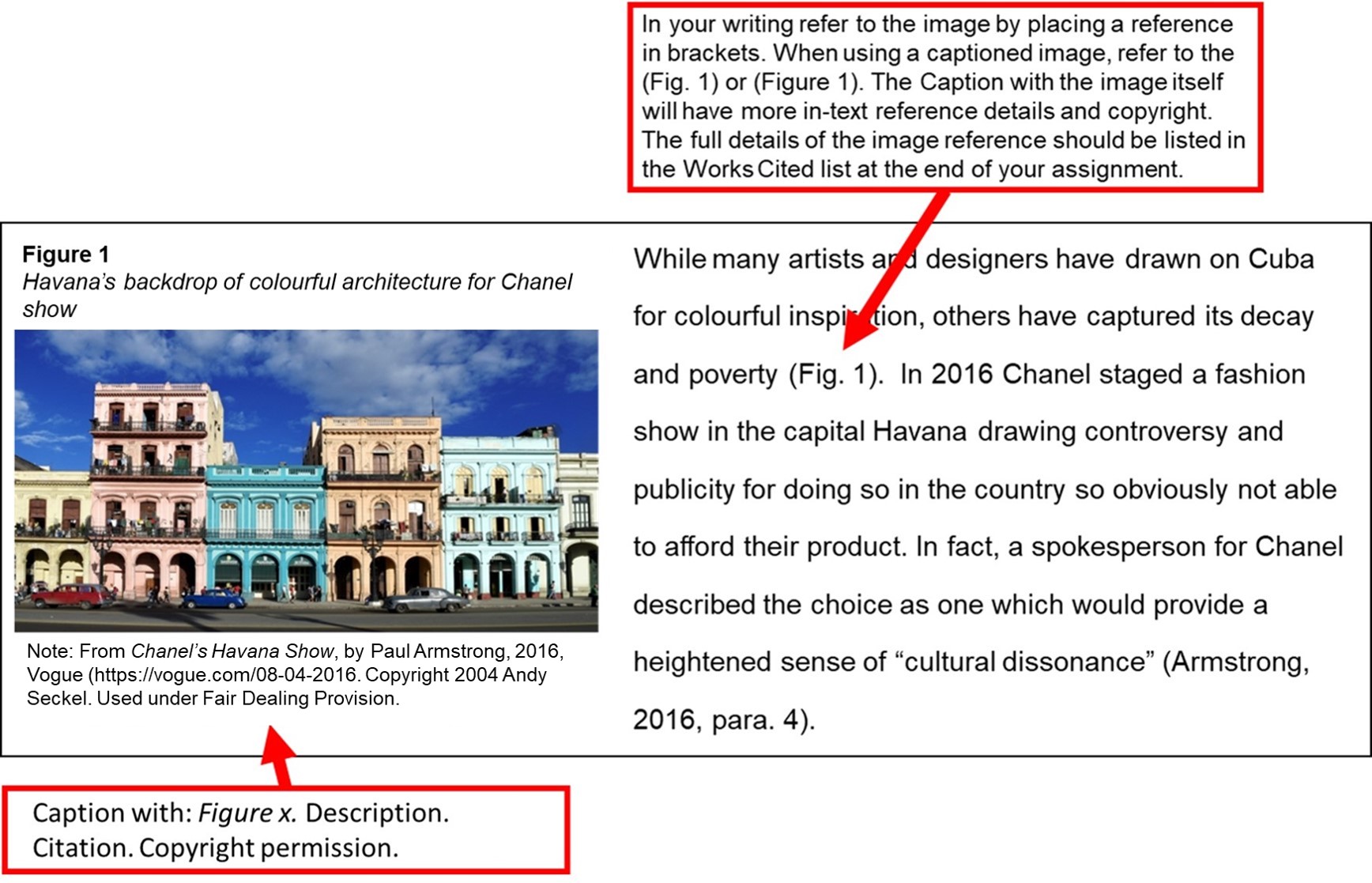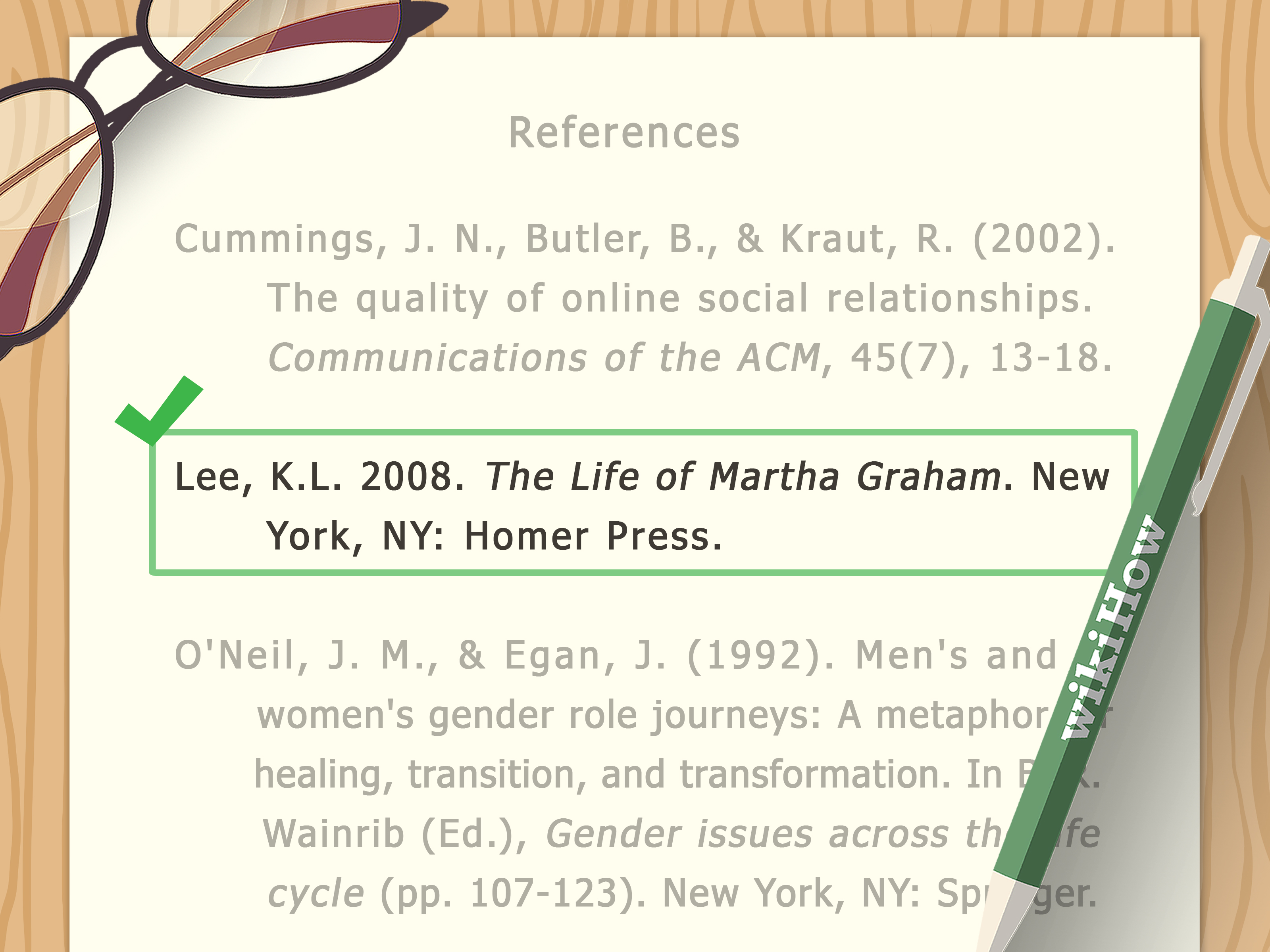When writing academic papers, it's essential to adhere to specific formatting guidelines, especially when incorporating images. The APA (American Psychological Association) format has particular rules for including images, charts, and figures. Understanding these guidelines will help you present your visuals professionally and ethically, ensuring that your work meets academic standards.
According to the 7th edition of the APA Manual, images must be clear and directly related to your content. Here are some key points to consider:
- Labeling: Each image should be accompanied by a number and a title. For example, "Figure 1: The impact of social media on student engagement."
- Placement: Place images close to where they are first mentioned in the text. This helps readers understand the context immediately.
- Captions: Add a brief caption below the image, providing a description or additional information.
- Citing Sources: If you’re using images that are not your own, you must properly cite the source in your reference list.
Images should also be referenced in the text, just like other sources. For instance, you might write, “As shown in Figure 1, the data indicate a clear trend toward...”. This way, readers can easily connect the dots between your arguments and the supporting visuals.
Finally, make sure to follow the visual standards for your images. They should be high-quality, relevant, and not overly cluttered. This will help your audience draw meaningful insights from what you're trying to communicate.
Choosing the Right Images for Your Paper

Picking the right images for your paper is just as crucial as knowing how to format them. The right visuals can enhance your arguments, make your paper more engaging, and help clarify complex concepts. Here are some tips to help you choose wisely:
- Relevance: The images you select should directly relate to your topic and support your thesis. Ask yourself: Does this image help clarify my argument or concept?
- Quality: Opt for high-resolution images. Poor quality visuals can make your work look unprofessional. Websites that provide quality stock images, such as Unsplash or Pexels, can be excellent resources.
- Visual Variety: While it’s important to choose relevant images, consider including a mix of types—such as graphs, charts, photographs, or infographics—to keep your audience engaged.
- Originality: If possible, create your own images or graphs. This not only gives your work a unique touch but also ensures that you comply with copyright rules.
Additionally, think about accessibility. Ensure that your images are described appropriately for readers who depend on screen readers. This can be done by including descriptive alt text in your captions, explaining what the image conveys.
Lastly, consider the overall aesthetic of your paper. Images should not feel disjointed or out of place. They should complement the style and tone of your writing, creating a cohesive visual experience for your readers. By thoughtfully selecting and effectively specifying images in your paper, you will significantly enhance the quality of your work.
Also Read This: Removing Getty Images from Your Photos While Retaining Copyright
3. Steps to Insert Images in Your Document

Incorporating images into your documents not only makes them visually appealing but also provides a clearer understanding of complex concepts. Here’s how you can seamlessly insert images into your writing while adhering to APA format. Let’s break it down step-by-step:
- Select Your Image: Choose an image that is relevant and supports your content. This could be a chart, graph, photograph, or any visual that enhances your reader's understanding of your topic.
- Format the Image: Before inserting, ensure your image is saved in a web-friendly format such as JPEG, PNG, or GIF. The size should generally be no larger than 300 pixels wide, so consider resizing if necessary.
- Insert in Your Document:
- If you’re using a word processor like Microsoft Word or Google Docs, go to the "Insert" menu and select "Image." Then, choose where your image is coming from (upload from your computer, URL, etc.).
- For Google Docs, you can also drag and drop the image directly into the document.
- Add a Caption: APA style encourages the use of captions for images. Below the image, insert a caption using the following format: Figure 1. Title of your image. Describe the content or relevance of the image in a few concise sentences.
Here’s a quick example of how you would format an image caption:
Figure 1. A diagram of the research process illustrating the various stages of inquiry.
By following these steps, you’ll ensure your images are not only appropriately placed within your document but also properly formatted according to APA guidelines.
Also Read This: Account Alchemy: Crafting a Seamless AliExpress Experience
4. Citing Images Correctly in APA Style
Just like every other source of information, images must also be credited to their original creators. Citing images in APA style helps your readers find the original works, giving proper credit to the authors. Here’s how to do it correctly:
When citing an image, consider these factors:
- Creator's Name: This could be an individual or organization responsible for the image.
- Year of Publication: Include the year the image was published or created.
- Title of the Image: Use italics for the title.
- Retrieve From: Provide a URL or DOI (Digital Object Identifier), if applicable.
Here’s a general format for citing an image:
Creator Last Name, First Initial. (Year). Title of the image [Type of image]. Source. URL
For example:
Smith, J. (2020). Innovative Growth Strategies [Infographic]. Company Name. http://www.companywebsite.com/infographic
Keep in mind that if you're citing an image from a book, the format will differ slightly:
Creator Last Name, First Initial. (Year). Title of the image [Image]. In Title of the Book (p. page number). Publisher.
For example:
Johnson, A. (2019). Evolution of Technology [Image]. In Technological Advances Through Time (p. 45). Best Publishers.
By following these guidelines, you'll ensure that you're accurately attributing images, thereby maintaining academic integrity and a high standard in your work.
Also Read This: Removing Gray Squares from an Image
5. Common Mistakes to Avoid When Using Images in APA Format
Using images in APA format can be a bit tricky, especially if you’re new to the guidelines. Here are some common pitfalls to watch out for:
- Missing Figure Numbers: Every image you include should be labeled with a figure number. This is crucial for a clear reference in your text. For example, your first image should be labeled as "Figure 1," your second as "Figure 2," and so on. Skipping this step can confuse your readers.
- Improper Citations: Remember to cite the source of your image correctly. If it’s your own image, state that; if you’ve adapted it from someone else, give them credit! Improper citation can lead to accusations of plagiarism, which is a big no-no.
- Neglecting to Describe the Image: Each figure should have a descriptive caption that provides context. This description should help readers understand the significance of the image in your paper. Failing to include this can leave readers puzzled about what the image is meant to convey.
- Low-Quality Images: Always use high-resolution images. Poor quality or pixelated images can detract from your work and appear unprofessional. Make sure your visuals are as clear as possible!
- Overloading with Images: It might be tempting to include numerous images to make your work visually appealing, but be careful. Too many images can distract from your content. Aim for a balance where images enhance comprehension rather than overwhelm.
- Ignoring Size and Placement: Correctly size and position your images for maximum impact. An image that’s too large or too small can look out of place. Follow APA guidelines for formatting to ensure everything appears uniform and organized.
By steering clear of these common mistakes, you’ll enhance the quality of your work and adhere more closely to APA standards. It’s all about presenting your ideas clearly and professionally!
6. Additional Resources for APA Formatting
Staying updated with APA guidelines is essential for academic writing, especially when incorporating images! Here are some fantastic resources that can help you navigate through the rules:
- Publication Manual of the American Psychological Association: The ultimate guide for everything APA. This manual covers all aspects of writing, including detailed sections on using figures and illustrations.
- APA Style Website: Found at apastyle.apa.org, this is a fantastic online resource where you can find extensive guidance, instructional videos, and FAQs on APA formatting.
- Purdue Online Writing Lab (OWL): The Purdue OWL is a well-respected resource for writers. Their APA Formatting and Style Guide section includes practical tips and sample papers. You can access it at Purdue OWL.
- University Writing Centers: Many universities offer online writing centers with resources specifically tailored for APA formatting. Check your institution’s website or library for access to these helpful guides.
- YouTube Tutorials: Sometimes, a video can be more helpful than reading. Look for tutorials that explain how to format images in APA style. Visual learners will find this particularly beneficial!
Using these resources can sharpen your APA skills and make the process of including images much smoother. Happy formatting!
 admin
admin








